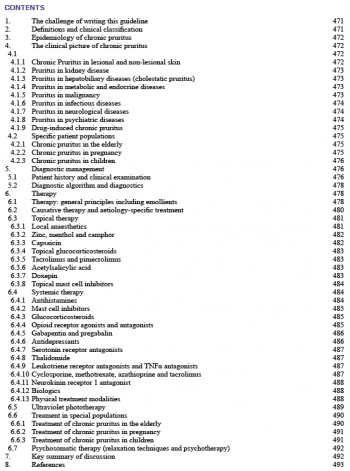This clinical report updates and replaces a 2008 clinical report from the American Academy of Pediatrics, which addressed the roles of maternal and early infant diet on the prevention of atopic disease, including atopic dermatitis, asthma, and food allergy. As with the previous report, the available data still limit the ability to draw firm conclusions about various aspects of atopy prevention through early dietary interventions. Current evidence does not support a role for maternal dietary restrictions during pregnancy or lactation. Although there is evidence that exclusive breastfeeding for 3 to 4 months decreases the incidence of eczema in the first 2 years of life, there are no short- or long-term advantages for exclusive breastfeeding beyond 3 to 4 months for prevention of atopic disease. The evidence now suggests that any duration of breastfeeding ≥3 to 4 months is protective against wheezing in the first 2 years of life, and some evidence suggests that longer duration of any breastfeeding protects against asthma even after 5 years of age. No conclusions can be made about the role of breastfeeding in either preventing or delaying the onset of specific food allergies. There is a lack of evidence that partially or extensively hydrolyzed formula prevents atopic disease. There is no evidence that delaying the introduction of allergenic foods, including peanuts, eggs, and fish, beyond 4 to 6 months prevents atopic disease. There is now evidence that early introduction of peanuts may prevent peanut allergy.
ABSTRACT
Background: It is expected that artificial intelligence (AI) will be used extensively in the medical field in the future.
Objective: The purpose of this study is to investigate the awareness of AI among Korean doctors and to assess physicians’ attitudes toward the medical application of AI.




